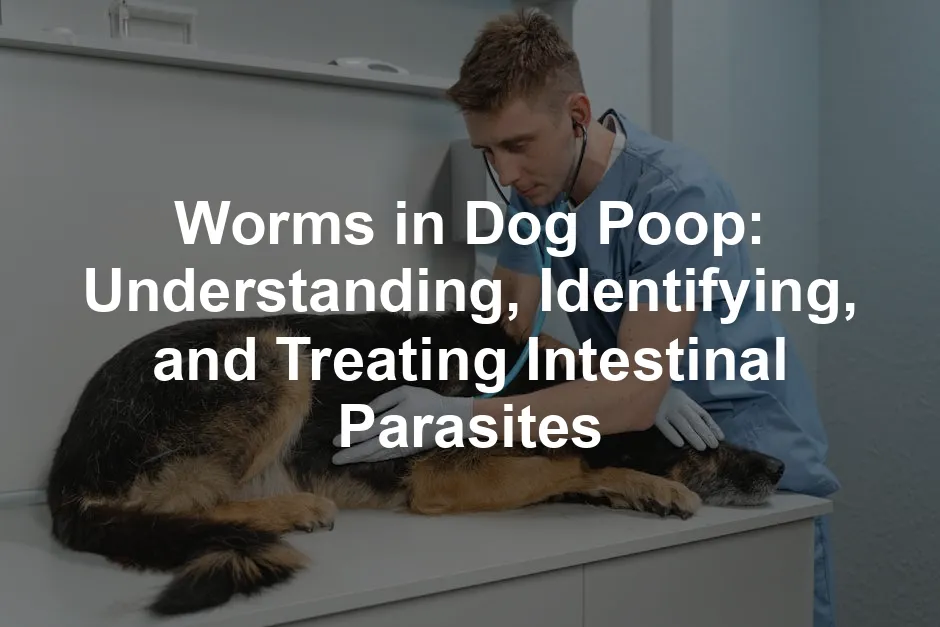How Do Dogs Get Worms?
Worms are common parasites in dogs. Understanding how they spread is crucial for prevention. To keep your furry friend safe, consider using a high-quality flea and tick home spray. It’s a preventative measure that can help reduce the risk of worms transmitted by fleas.

Fecal-Oral Transmission
One significant route of infection is the fecal-oral transmission. Dogs can ingest worm eggs from contaminated soil, feces, or water. This can happen during walks, playtime in the park, or even from sniffing around in the yard. Keeping your dog’s environment clean is essential. Consider using Amazon Basics Dog Waste Bags for easy clean-up.
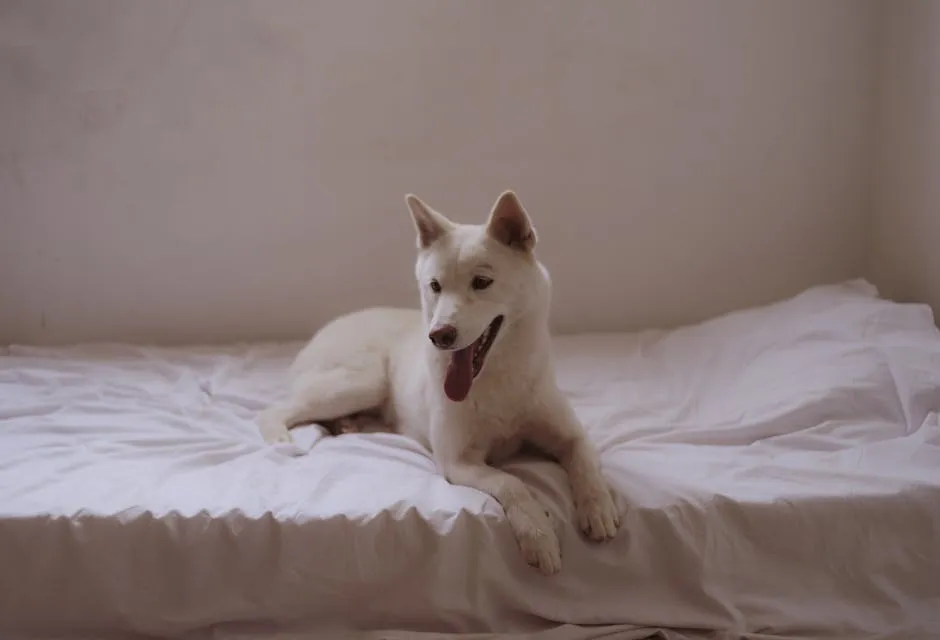
Mother-to-Puppy Transmission
Puppies can also get worms from their mothers. This transmission happens in utero or through nursing. Worm eggs can remain dormant in the mother’s body and reactivate during pregnancy, infecting her offspring. To keep your puppy healthy, consider using a remote trainer to help with training and reduce stress during this crucial time.
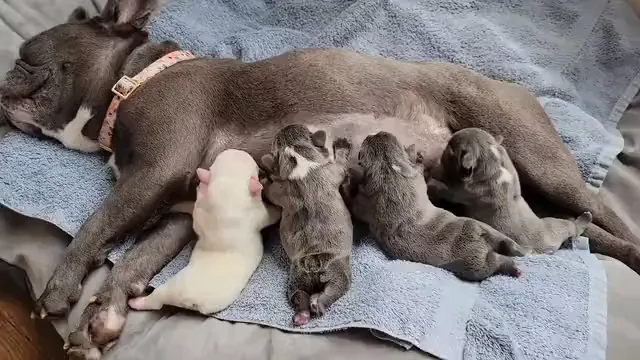
Fleas and Raw Meat
Tapeworms are often introduced when dogs consume infected fleas. If your dog has fleas, there’s a higher risk of tapeworm infection. Additionally, dogs can contract worms by eating raw meat or prey animals that carry these parasites. To combat fleas, you might want to invest in a Bayer Seresto Flea and Tick Collar to keep those pesky fleas at bay.
Keeping your dog away from contaminated environments is key. Regular hygiene practices, like cleaning up after your pet, can greatly reduce risk. Always consult your veterinarian for advice on effective prevention strategies. If you’re looking for a great way to keep your dog’s teeth clean while preventing worms, consider TropiClean Fresh Breath Clean Teeth Gel.
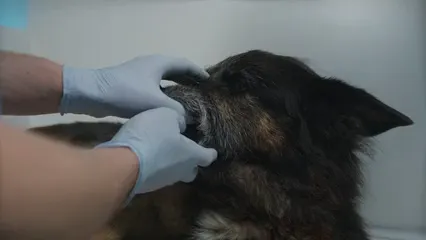
Signs and Symptoms of Worms in Dogs
Noticing worms in your dog’s poop can be alarming. However, identifying symptoms early can help ensure your pet stays healthy. Here are some signs to look for:
Visible Worms
You might spot worms in your dog’s feces. Roundworms look like spaghetti, while tapeworms appear as small grains of rice. If you see anything unusual, take a closer look. For a fun way to keep your dog entertained and distracted while you check for worms, consider the Outward Hound Hide-A-Squirrel Puzzle Toy.
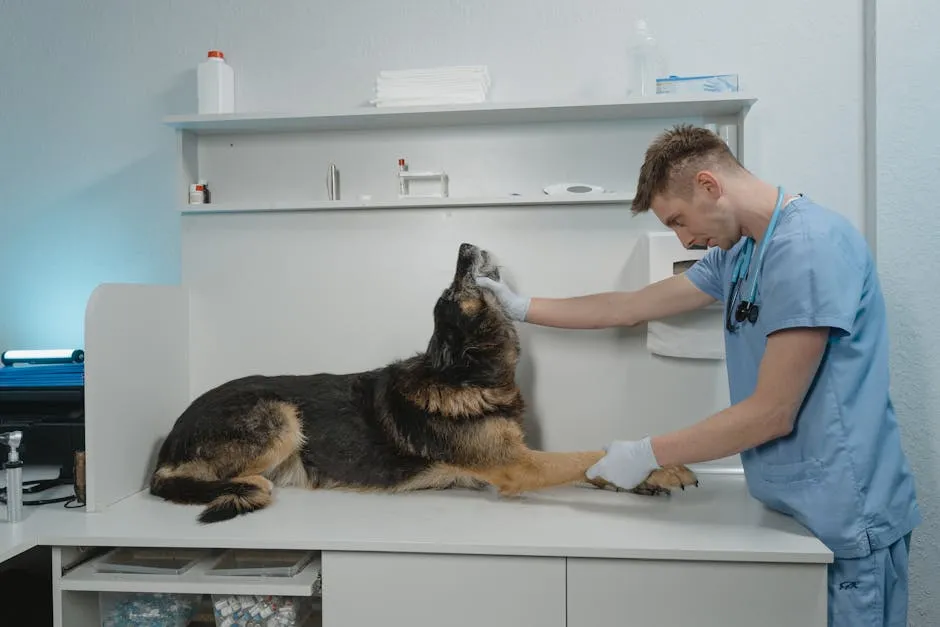
Behavioral Changes
Watch for changes in your dog’s behavior. Is your dog suddenly less interested in food? Weight loss, bloating, or lethargy can also indicate a worm infestation. These changes signal that something isn’t right. If your dog shows signs of distress, it might be helpful to have a Dog First Aid Kit on hand for emergencies.
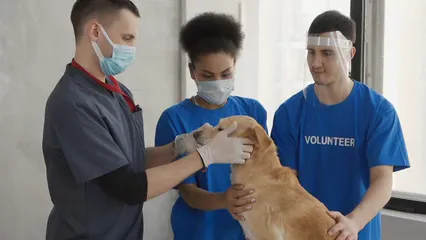
Gastrointestinal Symptoms
Gastrointestinal distress is another key symptom. This includes diarrhea, vomiting, or even blood in the stool. If your dog experiences these issues, it’s essential to consult a veterinarian. To help soothe your dog’s stomach, consider using Zesty Paws Probiotic Bites for Dogs to promote digestive health.
Different types of worms cause various symptoms. Roundworms often lead to bloating, while hookworms may result in anemia. Being vigilant about your dog’s health can help catch infections early. Monitor your dog closely for any of these symptoms, and don’t hesitate to reach out to your vet if you have concerns. If you need to clean up any messes, a reliable Professional Strength Stain & Odor Eliminator can be a lifesaver.
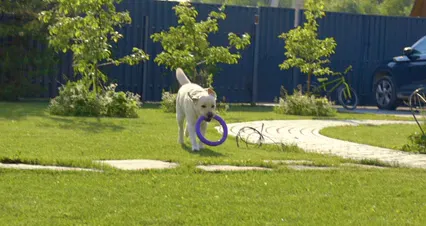
Diagnosing Worms in Dogs
If you suspect your dog has worms, a professional diagnosis is essential. Veterinarians use specific methods to identify these parasites. One of the primary tools is a fecal exam. This test checks your dog’s stool for worm eggs or segments. Your vet will explain what to expect during this process. Typically, they will ask for a fresh stool sample for analysis.
While visible symptoms like weight loss or bloating may raise concerns, they aren’t always reliable indicators of worm infestations. Some dogs may show no signs at all, even when infected. That’s why regular fecal testing is crucial. It helps in accurate parasite identification and ensures timely treatment. If you notice any unusual behavior in your dog, don’t hesitate to consult your veterinarian. Remember, routine check-ups can help keep your furry friend healthy and worm-free. To make sure your dog is comfortable during vet visits, consider a PetFusion Ultimate Dog Bed for post-visit relaxation.
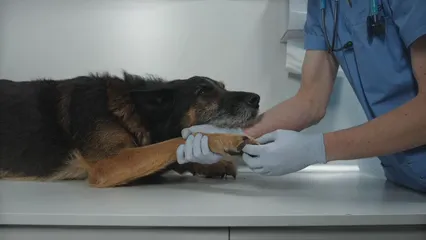
Treatment Options for Worms in Dogs
Treating worms in dogs typically involves deworming medications, commonly known as anthelmintics. These medications target specific types of intestinal worms based on a veterinary diagnosis. Some of the most common medications include praziquantel for tapeworms and fenbendazole for roundworms. Your vet will determine the best option based on the type of worm and your dog’s overall health.
After administering a dewormer, follow-up care is crucial. Your veterinarian may recommend follow-up fecal tests to ensure that the worms are fully eliminated. These tests help confirm the effectiveness of the treatment. Side effects from dewormers are generally mild but can include vomiting or diarrhea. Always monitor your dog after treatment and report any adverse effects to your vet. If your pup needs a little extra comfort during this time, the Snuggle Puppy Heartbeat Stuffed Toy can provide soothing comfort.
Discussing treatment options with your veterinarian is vital. They can guide you in selecting the best course of action for your dog’s specific needs, ensuring a speedy recovery and prevention of future infections. With the right tools in your arsenal, like the Dog Grooming Scissors Set, you can keep your dog looking neat and tidy while you tackle health concerns!
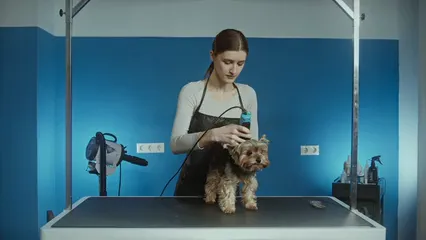
Preventing Worms in Dogs
Keeping your dog free from worms requires consistent effort. Here are some best practices to ensure long-term prevention.
Regular Deworming Schedule
Establishing a deworming schedule is vital. Your veterinarian can recommend when to administer dewormers based on your dog’s age, lifestyle, and risk factors. Regular treatments help eliminate potential worm infestations before they develop into serious issues. If you want to ensure your dog is getting the right nutrition while following a deworming schedule, check out Purina Pro Plan Savor Adult Dry Dog Food.
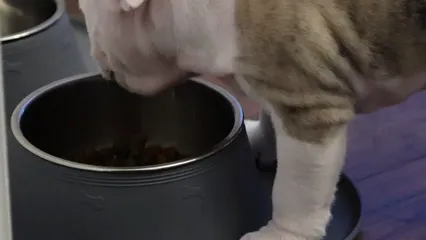
Hygiene Practices
Good hygiene is crucial to prevent infections. Always clean up after your dog immediately. This reduces the risk of other pets ingesting contaminated feces. It’s also wise to avoid feeding your dog raw diets, as they can harbor parasites. Keeping your dog’s environment clean will minimize exposure to harmful eggs. For a quick clean-up, the Arm & Hammer Pet Fresh Carpet Odor Eliminator can be a lifesaver!
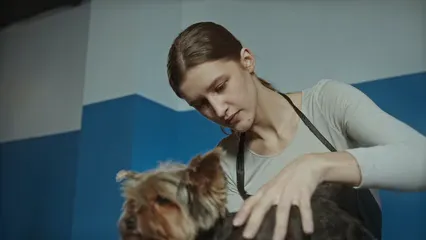
Environmental Control
Control your dog’s environment to keep them safe. Prevent your dog from roaming in areas where they might encounter contaminated soil or feces. Dog parks can be hotspots for parasites, so monitor their activities closely. Regularly check your yard for any signs of contamination. Consider using a PetSafe Wireless Pet Containment System to help keep your dog in safe areas.

Importance of Flea Control
Flea control plays a significant role in preventing tapeworms. Fleas can carry tapeworm larvae, which enter your dog’s system when they groom themselves. Using monthly flea prevention products will help keep these parasites at bay. For a fun way to keep your dog entertained while preventing fleas, consider the KONG Classic Dog Toy.
For more on preventing tapeworms and the importance of flea control, check out this article on hookworms in dogs.
Taking these steps can significantly reduce the risk of worms in your dog. Implementing a solid prevention plan is essential for their health and your peace of mind. Don’t forget to include a PetSafe Easy Walk Dog Harness to help control your dog during walks, further reducing the chances of them encountering contaminated areas.
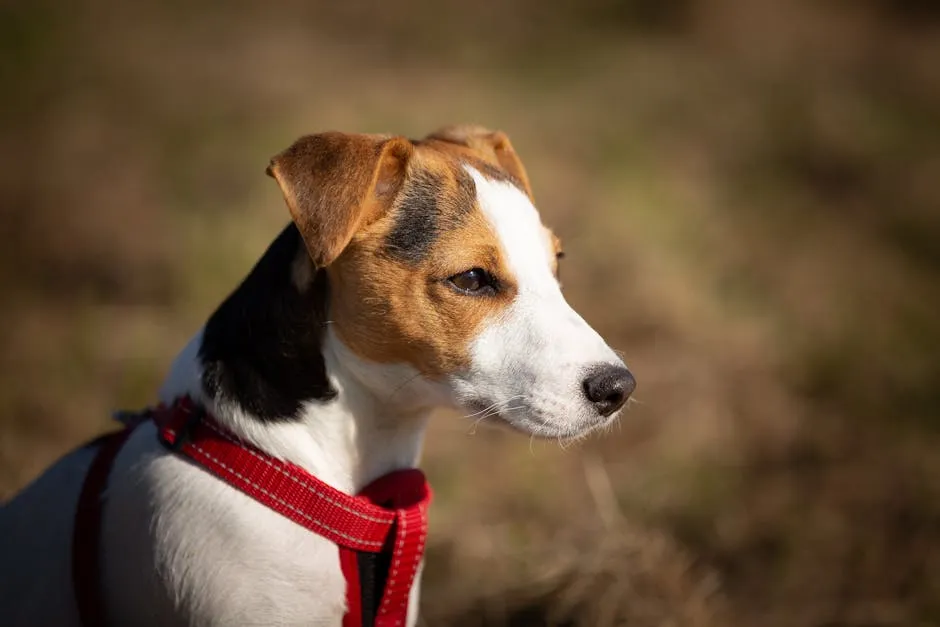
Conclusion
In summary, worms in dog poop are a common concern. Regular deworming, hygiene, and environmental control are crucial for prevention. Remember, vigilance and routine veterinary care are key. Always consult your veterinarian if you suspect an infestation. Keeping your dog healthy protects not only them but your family as well. Prioritize their well-being to ensure a happy, active life. For fun reading material that celebrates our furry friends, consider picking up a copy of The Dogist: Photographic Encounters with 1,000 Dogs.

FAQs
What do worms in dog poop look like?
Worms in dog poop can vary based on the type. Roundworms often resemble long strands of spaghetti. They are usually white or tan and can be several inches long. Tapeworms appear as small grains of rice or flat segments. If you spot either type, it’s important to consult your vet for proper identification.
Can humans catch worms from dogs?
Yes, some worms can be transmitted to humans. Roundworms and hookworms are particularly concerning. These parasites can cause serious health issues if ingested. Children are especially at risk due to their habits of playing in dirt or putting objects in their mouths. Maintaining good hygiene and regular veterinary care can help minimize this risk.
How often should I deworm my dog?
Deworming schedules vary by age and lifestyle. Puppies should typically be dewormed every two weeks until they are three months old. Adult dogs benefit from routine deworming every three to six months, depending on their environment and risk factors. Always consult your veterinarian for personalized recommendations.
What are the signs of worms in a puppy?
Puppies with worms may show specific symptoms. Look for a pot-bellied appearance, vomiting, or diarrhea. You might also notice weight loss despite a good appetite. Lethargy and a poor coat condition can signal a worm infestation. If you suspect worms, contact your veterinarian for advice.
Are there home remedies for treating worms in dogs?
While some home remedies exist, it’s best to avoid them. Many unverified remedies lack scientific backing and could be unsafe. The most effective treatment is a dewormer prescribed by your veterinarian. Consult your vet for the safest and most effective treatment options for your dog.
Please let us know what you think about our content by leaving a comment down below!
Thank you for reading till here 🙂
All images from Pexels

